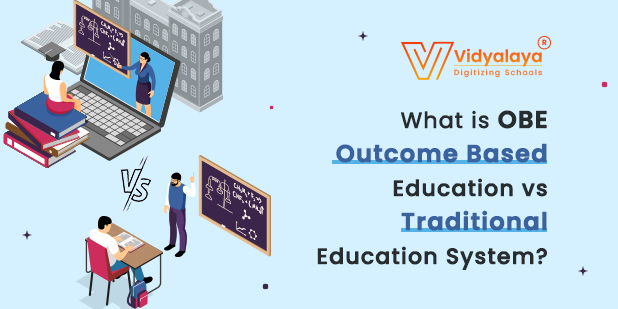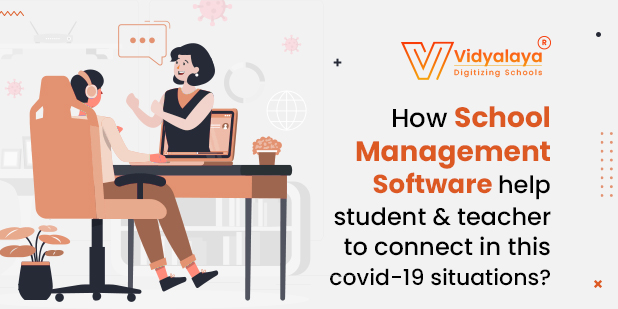It’s being a pretty harsh time for each human being to survive this COVID-19 situation. It sure has forced us to go out of our comfort zone and find new challenges for everyone. People are scared less for themselves and more for their loved ones, their elders back at home. It has affected each one of the lives one or the other way. We cannot go out for a walk. Eat at our favorite place. Go out for shopping. These are some of the things we really miss, don’t we? But actually, the most affected fields by this novel coronavirus disease are offices and schools majorly.
When this whole pandemic phase started, it seemed like we can get past through this, just need to control ourselves from going out and coming in contact with other people. But when the days go by, we realized it’s not going to be that easy. When the government declared the complete lockdown, who knew that now, it would become the actual way of living. Offices still had the option of working from home but for the educational purpose, it was like going way out of the hands.
It brings high social and economic costs, even though school closures are temporary. People across communities are affected by the disruptions they cause, but their effect is more severe for disadvantaged children and their families, including interrupted learning, compromised nutrition, problems with childcare, and consequent economic costs for families who are unable to work. When schools close, working parents are more likely to miss work in order to take care of their children, in many cases incurring income losses and adversely affecting productivity. When some schools reopen and parents start to send their children to school, locals of nearby places pressurize the school to shut down.
There are so many measures this novel coronavirus is affecting on education system. While major of them are negative wherein some of them are positive as well. This pandemic has forced all the educational organizations to rely on the technology completely and adopt the concept of distance learning. Where some of the students are happy about this concept, on the other hand, some simply do not think of it as a great idea.
As the figure suggests, 55 percent of students are concerned about the lack of social interaction in online classes, as per the BNED study. A whopping 45 % of students said they were uncertain about their results in the tests. Apart from all this, to attend online classes during the day, there has to be good internet connectivity. Almost 12 percent of students in their areas complain of low connectivity. The image in India will, however, be sufficiently staggering. Without any Internet access or even smartphones, there are thousands of inland villages. Between urban and rural students, there is a major digital divide. Among these disadvantaged children, this will lead to increased rates of dropouts.
Online education will only be effective if it reaches every student. Some issues must be resolved for this reason. The internet infrastructure in the nation needs to be leapfrogged. The communication network’s penetration into remote interiors must be of utmost importance. Only because the spectrum and networks are managed by them may governments accomplish this role. Both the government and social organizations should fix financial backwardness. Students can be greatly supported by colleges and universities, too.
Some Major drawbacks of Online Learning
Internet Connectivity
The most important artifact for online learning is internet connectivity at home. There are some areas where the parents do not have internet connectivity because of their financial issues. They can not afford good quality broadband or Wi-Fi for their children’s education. Especially in rural areas, people do not have proper jobs to support their families. Then how could they install a good quality internet connection?
Network Issues
In India, there are a lot of places where there are network issues. Students who do not have laptops or computers at home, attend their classes from their parent’s mobile phones. And well, there is no surety of networks in mobile phones. Especially when it comes to areas like villages or towns, the number of network towers are very less.
Lack of resources
When it comes to gadgets, not all families can afford multiple gadgets at home. Also, not all families have smartphones with an internet connection available to them. So, it’s really difficult for the parents to arrange gadgets for their children so that they could attend their online classes. Even if the parents have smartphones, they also have their office work as they are also working from home, or if they are not, they take their mobile phones with them to work.
Student’s Interests
Where some students do not have enough resources to attend the online classes, some students have all the facilities available to them for the online classes. Some find this a great opportunity to learn and spend time with family. But for some students, they lose their interest in virtual studies, as they do not the proper environment as they would get in their institute.
Group Activities
Other than studies, students used to participate in activities like sports, functions at schools, fests, competitions, and many more where they get to interact with others and develop their co-curricular skills. But due to this pandemic, and the possibilities of distance learning, there is just studies they have to concentrate on.
Conclusion
This pandemic has taught us that whatever happens, one should be ready to change and accept the changes. To shift the education system online was a clever step to take and a very well decision. Almost half of the session of the academic year 2020-2021 has already been conducted online. Now, what we could focus on how long this scenario of online classes would go on with this pandemic.





















